Figures & data
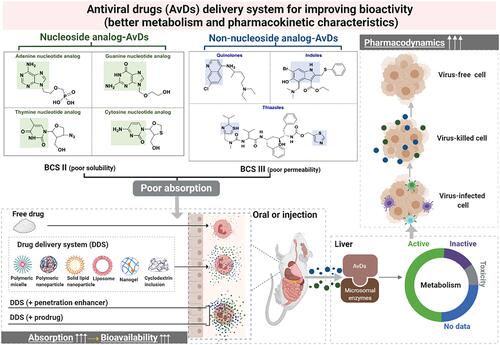
Figure 1 The schematic diagram for antiviral drug delivery systems to improve bioactivity, increase metabolism and pharmacokinetic characteristics. (A) AvDs have poor absorption due to low solubility/low permeability. (B) drug delivery systems are used to enhance absorption and bioavailability of AvDs. (C) AvDs are metabolized by hepatic microsomal enzymes. (D) The pharmacodynamics activities of AvDs are enhanced. The upward arrows (↑↑↑): refers to an increase in the absorption/bioavailability of the drug.
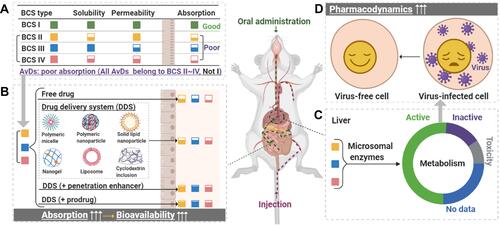
Table 1 Solubility and Permeability of AvDs
Figure 2 The classification ratio of antiviral drugs (AvDs) according to the biopharmaceutics classification system (BCS) criteria.
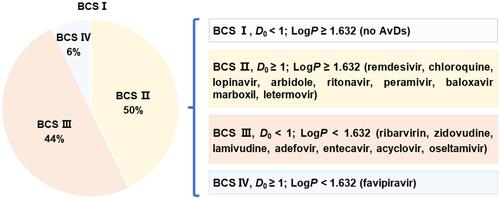
Figure 3 Structures of AvDs. Basic structures of (A) adenine nucleotide analog, (B) guanine nucleotide analog, (C) thymine nucleotide analog, (D) cytosine, (E) quinolones, (F) indoles, (G) thiazoles nucleotide analog; (H) baloxavir marboxil; (I) letermovir.
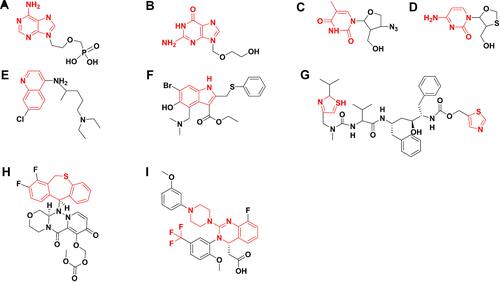
Table 2 Main Metabolic Pathway of AvDs in Liver and Intestine
Table 3 Pharmacological Activities of AvDs
Figure 4 The antiviral mechanisms of AvDs include reverse transcription inhibition, integration inhibition, maturation interference. NRTIs refer to nucleoside reverse transcriptase. (1)-(6), (9), (10) belong to nucleoside analogues antiviral drugs (NA-AvDs) written in the color 
 .
.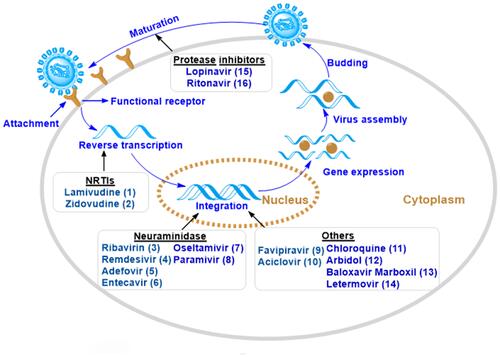
Table 4 Main Pharmacokinetic Properties of AvDs via Oral Administration
Table 5 Main Pharmacokinetic Properties of AvDs via Intravenous Administration
